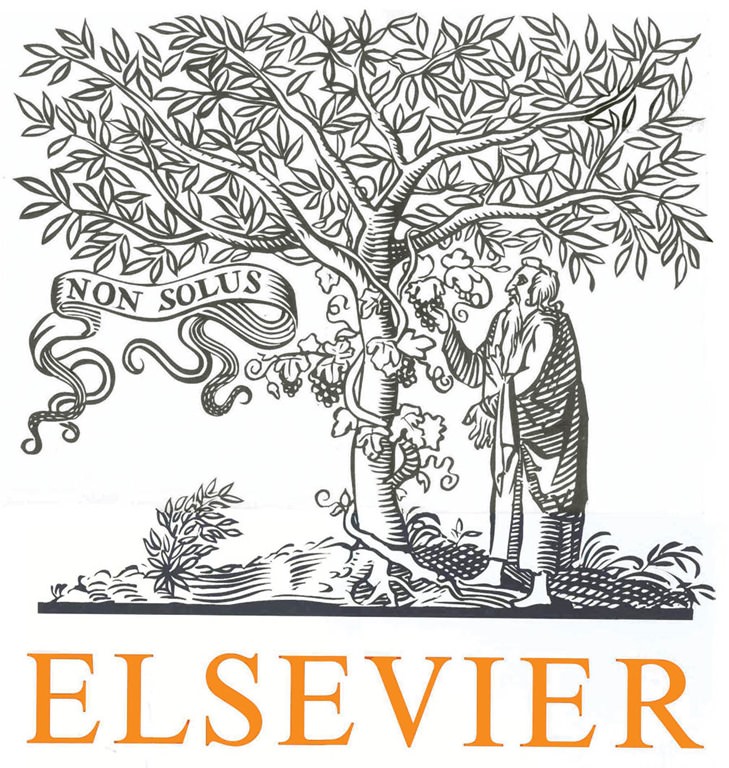Abstract
Advances in biological and medical technologies have been providing us explosive volumes of biological and physiological data, such as medical images, electroencephalography, genomic and protein sequences. Learning from these data facilitates the understanding of human health and disease. Developed from artificial neural networks, deep learning-based algorithms show great promise in extracting features and learning patterns from complex data. The aim of this paper is to provide an overview of deep learning techniques and some of the state-of-the-art applications in the biomedical field. We first introduce the development of artificial neural network and deep learning. We then describe two main components of deep learning, i.e., deep learning architectures and model optimization. Subsequently, some examples are demonstrated for deep learning applications, including medical image classification, genomic sequence analysis, as well as protein structure classification and prediction. Finally, we offer our perspectives for the future directions in the field of deep learning.
Introduction
Deep learning is a recent and fast-growing field of machine learning. It attempts to model abstraction from large-scale data by employing multi-layered deep neural networks (DNNs), thus making sense of data such as images, sounds, and texts [1]. Deep learning in general has two properties: (1) multiple layers of nonlinear processing units, and (2) supervised or unsupervised learning of feature presentations on each layer [1]. The early framework for deep learning was built on artificial neural networks (ANNs) in the 1980s [2], while the real impact of deep learning became apparent in 2006 [3,4]. Since then, deep learning has been applied to a wide range of fields, including automatic speech recognition, image recognition, natural language processing, drug discovery, and bioinformatics [5–7].
The past decades have witnessed a massive growth in biomedical data, such as genomic sequences, protein structures, and medical images, due to the advances of highthroughput technologies. This deluge of biomedical big data necessitates effective and efficient computational tools to store, analyze, and interpret such data [5,8]. Deep learning-based algorithmic frameworks shed light on these challenging problems. The aim of this paper is to provide the bioinformatics and biomedical informatics community an overview of deep learning techniques and some of the state-of-the-art applications of deep learning in the biomedical field. We hope this paper will provide readers an overview of deep learning, and how it can be used for analyzing biomedical data.
Medical image classification and segmentation
Machine learning for medical images has long been a powerful tool in the diagnosis or assessment of diseases. Traditionally, discriminative features referring to medical image interpretation are manually designed for classification (detection of lesions or abnormalities) and segmentation of regions of interest (tissues and organs) in different medical applications. This requires the participation of physicians with expertise. Nonetheless, the complexity and ambiguity of medical images, limited knowledge for medical image interpretation, and the requirement of large amounts of annotated data have hindered the wide use of machine learning in the medical image domain. Notably, deep learning methods have attained success in a variety of computer vision tasks such as object recognition, localization, and segmentation in natural images. These have soon brought about an active field of machine learning in medical image analysis.








